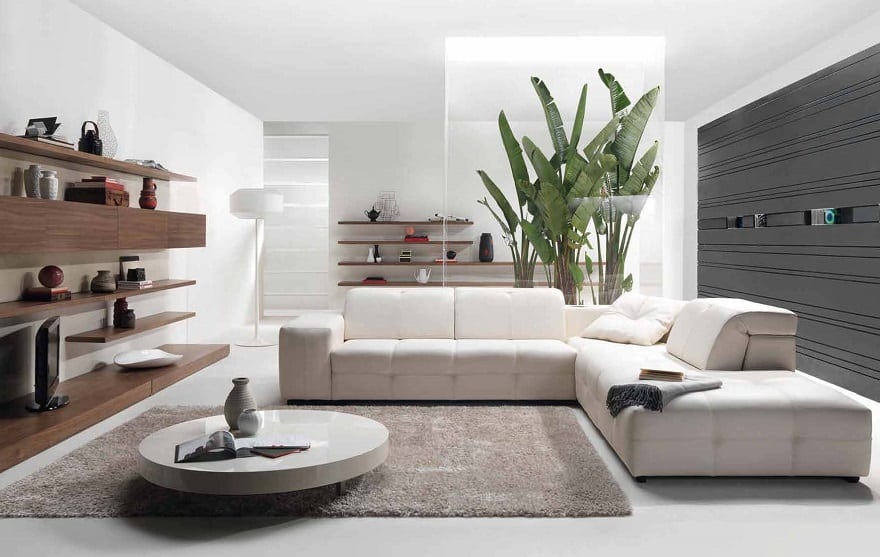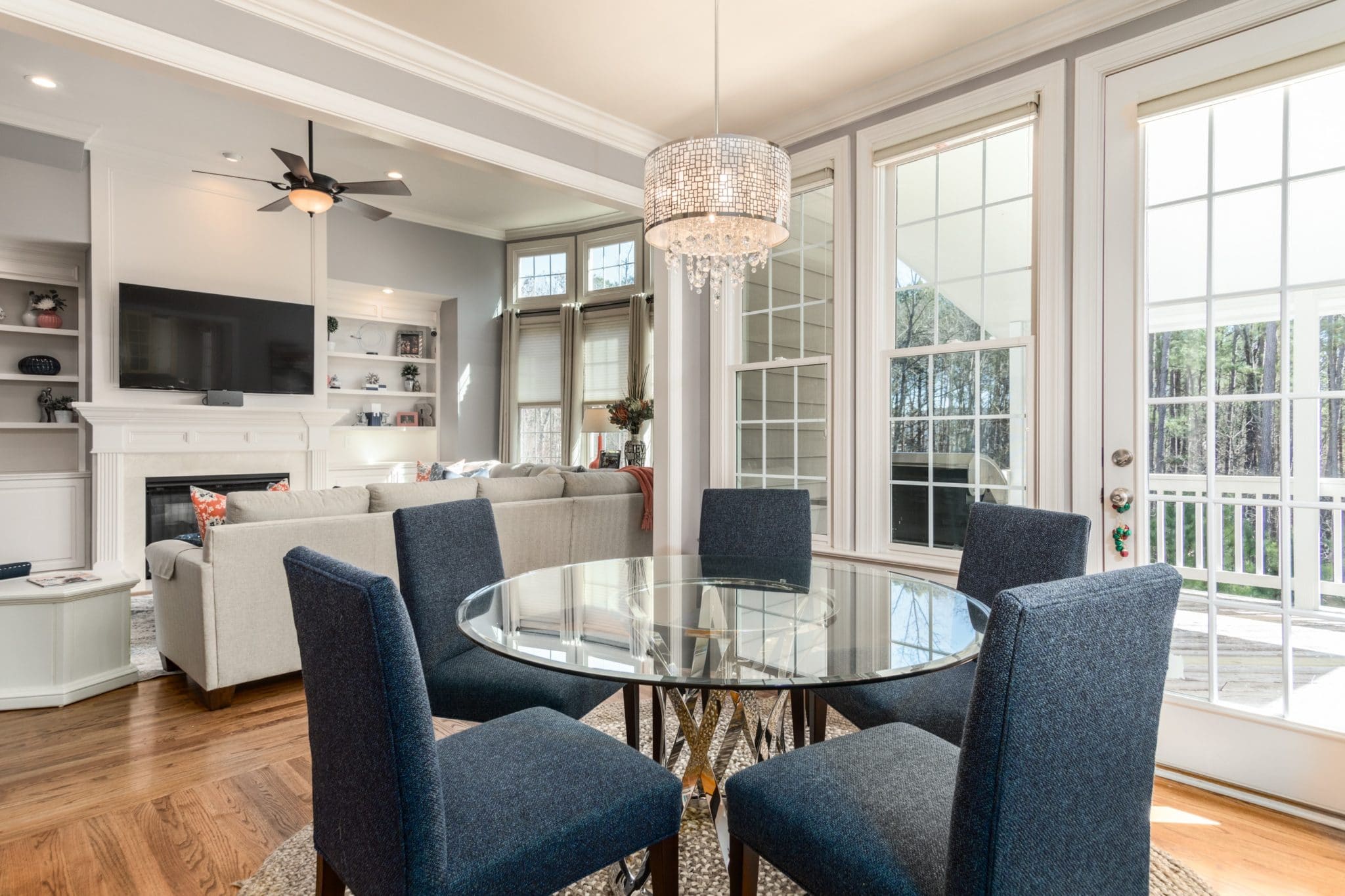20 Classic Interior Design Styles Defined
Table Of Content

The design highlights organic shapes with subtle interests, tonal textural plays and relaxed prayers. The comforting, Zen-like sense of Japanese style innards is fulfilled through the use of natural accoutrements and restrained colors. The style is less strict on order and a blend of patterns and colors is encouraged. It’s streamlined by beast hides, metallic accentuations and rich wood. It favors lush fabrics like hand-woven Moroccan hairpieces concentrated with Japanese block prints and Malian slush clothed gamble pillows. With over 7 years of experience in interior design, Victoria is an acclaimed expert renowned for her ability to create vibrant, personalized spaces.
Living Room
Short for bohemian, the word originated in early 19th-century France as a term for Romani people thought to be from Bohemia and referred to their perceived unconventional lifestyle. Rebellious artists adopted the informal style in the later 19th century, and its aesthetic heirs would eventually be the hippies of the ’60s and ’70s who adopted many of the look’s typical elements. The core idea of the traditional design style is to create a home that is inviting and warm. Bamboo, gravestone and other natural accoutrements give the base for a soothing color palette of brown, argentine and green. Soft flowery patterns and colors are incorporated with ornamental crockery and stretched fabrics.
Coastal Décor Guide: Bring Charming Beach Vibes Into Your Home
You've probably seen this style in a local coffee shop or co-working space, but it has a place in interior design too. As the name implies, industrial interior design is inspired by elements you're likely to find in industrial buildings, like metal, concrete, brick, and pipes. This interior design style is often influenced by the existing architecture of a home. For example, a loft apartment with exposed brick or a barndominium home with exposed beams would lend themselves well to this decor style. The coastal interior design style is a perfect fit for homes located by the seaside. Here, the goal is to lean into the natural environment and bring some of that outdoor maritime charm inside.
What is maximalism? Interior designers share why they love this brave style - Homes & Gardens
What is maximalism? Interior designers share why they love this brave style .
Posted: Sat, 30 Mar 2024 07:00:00 GMT [source]
A renewed focus on outdoor living
The interior design style known as Mid-Century Modern first came to prominence after World War Two, bridging the decades between 1940 and 1970. The style is defined by an emphasis on vibrant colors in wall art, paint palettes, and textiles, while furniture in this style is frequently made of natural materials. Due to resources at the time, minimalism and functionalism became central considerations of the design movement, while clean silhouettes, indoor plants, and warm wood fittings provide a distinctly Danish feel. The most casual of all interior design styles is the industrial look, a trend born out of necessity in the 1960s that still thrives today. Brick walls, pipes, and steel structures are left exposed to deliberately contribute to a dramatic effect.
Understanding interior design styles helps you discover what you like and develop spaces that express your personality. If you begin to understand you like a traditional design style, for instance, you can use that knowledge to help you choose everything from paint colors to furniture and, yes, throw pillows. Clean lines, minimal decor, simple forms, neutral color palettes—generally no-fuss living spaces—are all key characteristics of modern interior design. Less is more when it comes to contemporary interior design—but it's not as extreme as minimalism.

Not to be mistaken for an anything goes spirit, eclectic design is all about consistency, go-to hues, and best of all, the freedom to explore creative directions with studied nuances. While decorating your house can be an exciting opportunity to express your personal style, it can also be intimidating. Maybe you have an idea in mind but don't know how to define your ideal style. Or maybe you're looking to redecorate an area in your home but are unsure how to complement your existing decor. Picture a living space echoing with calm, devoid of clutter, and resonating nature’s palette. While not terribly popular these days, the Victorian style is used in older homes by homeowners looking to preserve Victorian era homes, of which there are many in the United States.
"The fast-paced, real-time bustle we're accustomed to has our generation craving a slower, more intentional lifestyle," says Perez Brown. "The farmhouse style allows for peaceful nature to flow indoors with its soft neutral earth tones, its natural materials, and casual architecture full of texture." Being able to readily identify each interior design style is more than just a clever party trick—it can also help you define your own personal style and seek out more of what you gravitate toward.

Soft organic modern for an effortlessly luxurious interior design
Minimalism is a bit harder to define as an interior design style because, technically, a lot of design styles can be done in a minimalistic way. Dominated by calming, neutral tones such as beiges, grays, taupes, and creams, Japandi fuses Japanese and Scandinavian minimalist interior design styles to create serene, balanced, and harmonious spaces. Natural elements, such as woods and clays, are popular choices for Japandi accent pieces like vases, mugs, or pots, while black accents are sometimes used to create contrast. Clean lines and a focus on simplicity make Japandi an ideal choice for those with busy lives looking for a tranquil space to come home to. Probably one of the most prolific interior design styles of all time, mid-century modern borrows from the best of 50’s and 60’s for a clean retro Danish inspired feel. Simple straight forward silhouettes, organic shapes, quiet fabrications, and an emphasis on functionality are hallmarks of mid-century modern styling.
What characterizes the minimalist interior design style?
Contemporary design and minimalist design have a lot of the same qualities. However, the minimalist decorating style is inspired by Japanese design and concentrates on the principle that less is more. Most traditional homes have a very neutral color palette with pops of color brought in with oil paintings or floral arrangements. If you’re not into ‘matchy-matchy’ traditional may not be your cup of tea. Above all, consistency is key so it’s common to find matching furniture sets.
The designers also ensure that they use playful accent colors, organic materials and gentle contours. Scandinavian designs are best described as modern, practical and uncomplicated. If you're finding yourself struggling to tell a minimalist interior from a midcentury one, we're here to help. While the lines aren't always so cut-and-dry, there are a few main tenets of each interior design style that can help you identify even the most eclectic home. Urban Modern is a popular interior design choice for many apartment dwellers thanks to its mixture of contemporary and industrial elements cushioned by warmer tones and softer furnishings. Minimal yet comfortable features might include plush fabrications or fluffy rugs, while large windows and steel-framed shelves give a nod to more factory-inspired settings.
But for a quick introduction to the major design motifs, here's our top 10 design styles. It's a style that encourages personal expression by incorporating cherished items that tell a story with every inch of space. The trend sees the return of opulent fabrics like velvet and silk alongside rich jewel and rich wood tones that transform rooms into vibrant canvases of individuality. Collections of artworks and artifacts are displayed with pride, and eclectic furniture pieces are juxtaposed to create a dynamic and visually stimulating environment.
"The design lies in the simplicity of beautiful craftsmanship. There are a lot of solid wood furniture pieces with sleek lines and low profiles." Understanding the many different interior design styles is an important first step to any home décor project. This knowledge helps you figure out which details, fabrics, and colors resonate most with your personal aesthetic and your home's existing architecture—and which ones don't fit the bill.
Comments
Post a Comment